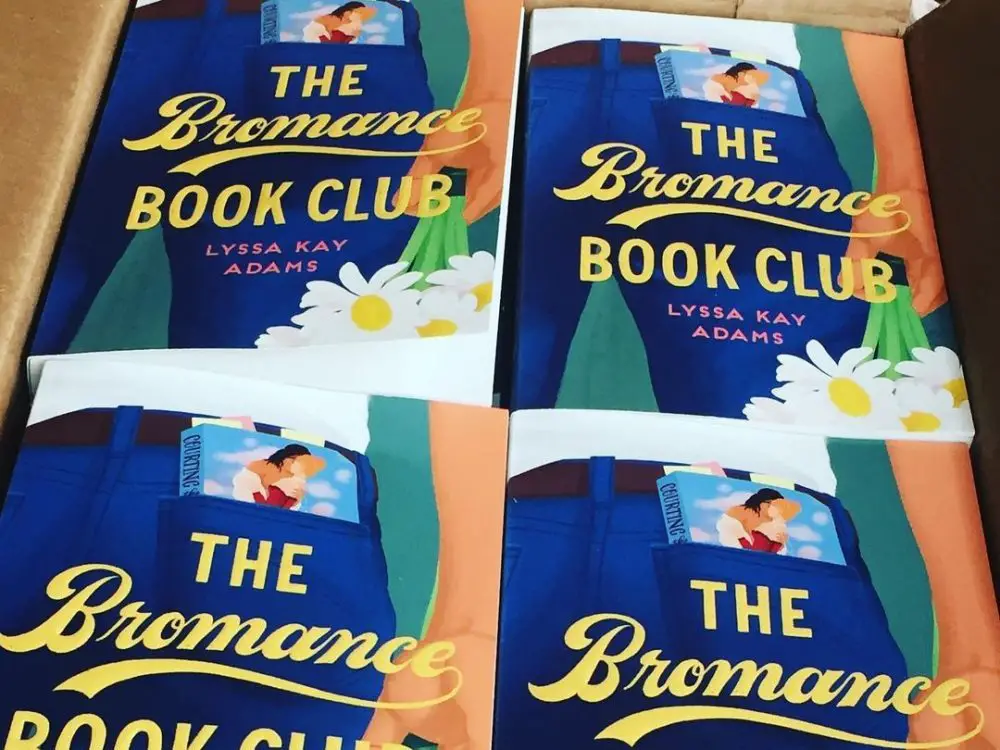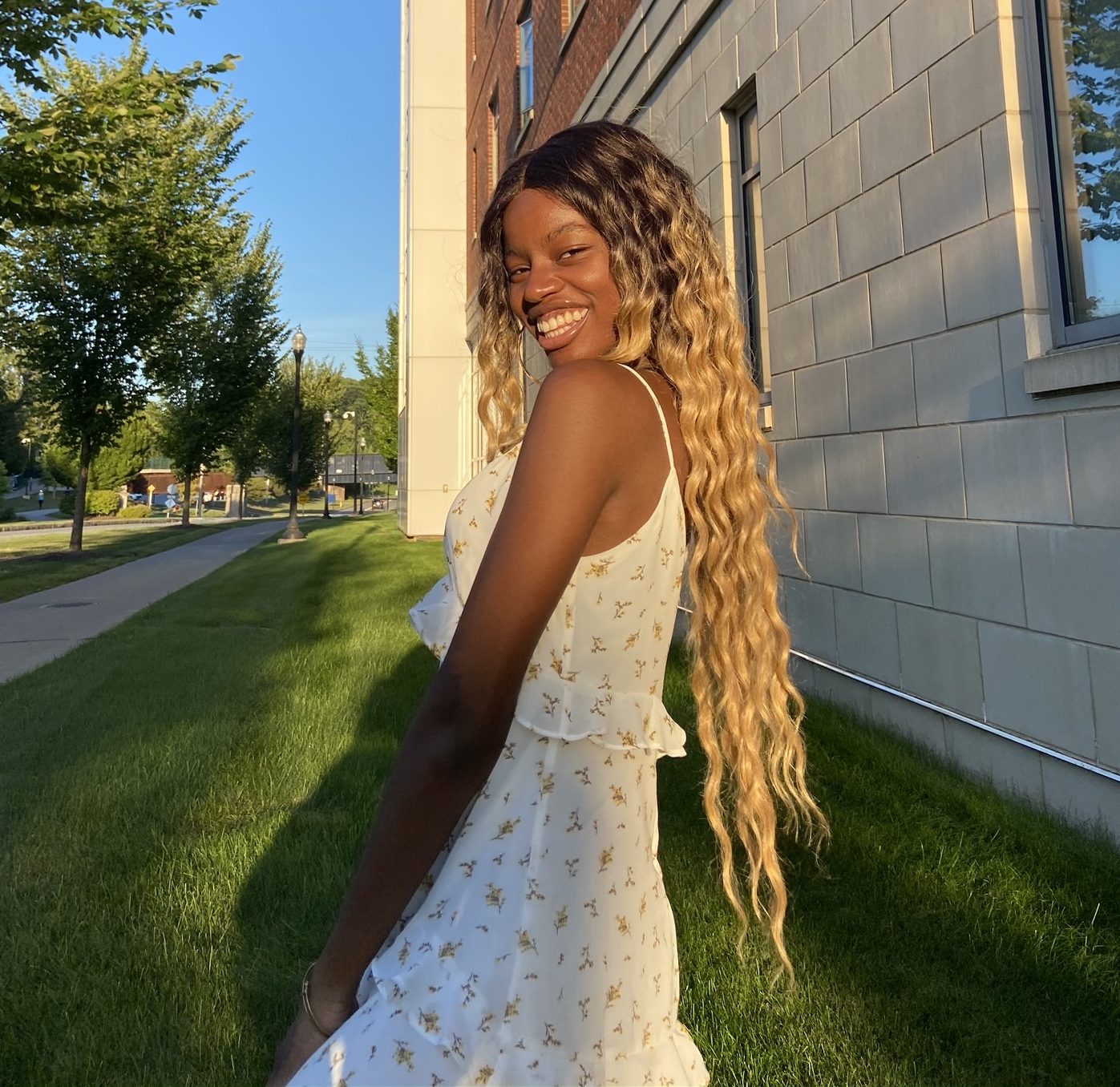Whether you’re a romance lover or a total cynic, romance novels are for everyone. In 2019, Lyssa Kay Adams introduced “The Bromance Book Club” to the world, but as a devoted romancee (devoted romance lover), this may be the first time where a romance novel is not for me. However, it’s probably the most important romance book I’ve read in a long time.
“Romance Books Are Written for Women, By Women”
MythBusters concludes this to be wrong. At least in the context of “The Bromance Book Club.” When Gavin uncovers a secret about his wife, his entire marriage starts to crumble. The only way he can save it is if he joins a group where he and his friends read romance books to help them become better lovers and better men. The only rules are to use the books only as loose guides and never talk about the book club. Gavin breaks all the rules. And so does Adams with her story.
BookTuber Chandler Ainsely states, “Romance books [are] about seeing women at the center of the story and knowing that they’re not there to lose and die but to triumph and win.” It’s important to recognize the bigger impact romance books have had on women in making them feel powerful, giving them the ability to tell their own stories — fictionalized in the ways they want them to be — and in creating a community that has turned romance books into one of the best-selling genres in the world.
However, it’s easy to assume that those first diving into romance know everything there is to know about tropes and the romance novel blueprint. The main thing to note is that all romance books end in a Happily Ever After (HEA) and the journey is more important than the actual conclusion for these novels. The plot reflects on personal growth and about relationships, not only between partners but with friends and family as well, and sometimes they can feature a little suspense subplot. But like most things, once you find something you like, you grow used to it. For me, the nuances in romance became more important than anything, until I realized I overlooked the greater impact these stories have.
The “Bromance Book Club” reads like a novel for someone who’s just discovering the genre for the first time, and more importantly, from the perspective of a man delving into the genre for the first time. Gavin is very reluctant to join the book club because, like many, romance books are thought to be only for women. Though with the lessons they teach about life and love, why can’t they be for men too? It’s important to show the ways in which these novels can be useful to men, not only when they want to save their relationships, but because they allow them to shed the toxic masculine standards and gender norms society has put on them.
In talking about the ways Gavin’s marriage could have failed, one of his friends — and founder of the Bromance Book Club, Mack — talks about how men think relationships are too hard to stick with because society tells them they’re not allowed to have feelings. “We expect women to do all the emotional labor in a relationship and then act confused when they give up on us.” Mack’s quote from the book alludes to a small yet significant cause behind high divorce rates and bad hookup culture. But it also explains why men would probably benefit more if they dated longer in order to form emotional attachments. Psychologically it would benefit both parties — men in particular — but our society doesn’t allow them to do this.
Adams continues this conversation when the guys go out for pumpkin spice lattes and one of them jokes about how they’re too embarrassed to order it for themselves. Mack replies, “The backlash against the PSL is a perfect example of how toxic masculinity permeates even the most mundane things in life. If masses of women like something, our society automatically begins to mock them. Just like romance novels. If women like them, they must be a joke right?” Right.
This packs a serious punch when you’re reading romance for the first time and are trying to understand the feminist dialogue. Though I will say after a few chapters of long monologues on defeating patriarchal structures and toxic masculinity, it was beginning to feel a little preachy. But there are other lighthearted moments that add balance — such as the conversations on discovering Pinterest; or how we shouldn’t assume young girls don’t know the difference between fact and fantasy when it comes to Disney movies.
All in all, romance novels are more important than we give them credit for. And Adams creates a feminist dialogue within her story that allows us to think about the ways in which this can all tie back to our relationships and society.
Romance Books Are Written For Everyone, by Women
Now the one main conflict I had with this book was perhaps the feeling that Thea, Gavin’s wife, was being tricked. Gavin used the romance books as more than a guide, spitting lines verbatim from the romance novel the group was reading — a fictional book called “Courting the Countess.” When Thea’s sister found the novel, it took away the meaning behind the gestures and the words Gavin used to woo back his wife. However, I think Adams does a good job of redeeming the main character in a way that emphasizes that we don’t condone finding ways to infiltrate women’s safe spaces in order to trick them or abuse the knowledge they gain from reading these books.
But the knowledge also isn’t a secret and as outlined in the book, can prove to be helpful. All the guys in the novel are at different stages of understanding their feminist journey, as well as understanding that intent matters. They want to be better men for themselves just as much as they want to be better men for their partners. And with this, we can understand how romance novels are also for more than just cisgender, heterosexual women, but also queer women, trans women, nonbinary people and women of color. And perhaps if people read more stories like this, relationships would last longer and our society would be more emotionally intelligent.
Now, this is not to say that romance books are the cure to society’s greater problems, nor am I saying that Lyssa Kay Adams is the first to create a book with this kind of tone. Though maybe I’ve grown tone-deaf to the ways romance books blatantly point these things out and it was a good way to be reminded of the reasons why I love the genre so much. The way this story is written can emphasize not only why romance novels have been maligned for so long but also the ways in which they’re important and can be helpful to mend more than just relationships in our society.
Romance novels don’t always portray the picture-perfect — Gavin was grumpy and somewhat obtuse, especially when it came to his wife’s needs and trying to break out of that toxic masculine cycle he had been raised in. Meanwhile, Thea had trauma she had to deal with and uncover from her past before she could move on and be happy with her husband and family. Adams brings to light that romance is just as much about the personal journey as it is about partnership and perhaps we all could use a real-life bromance book club.

















